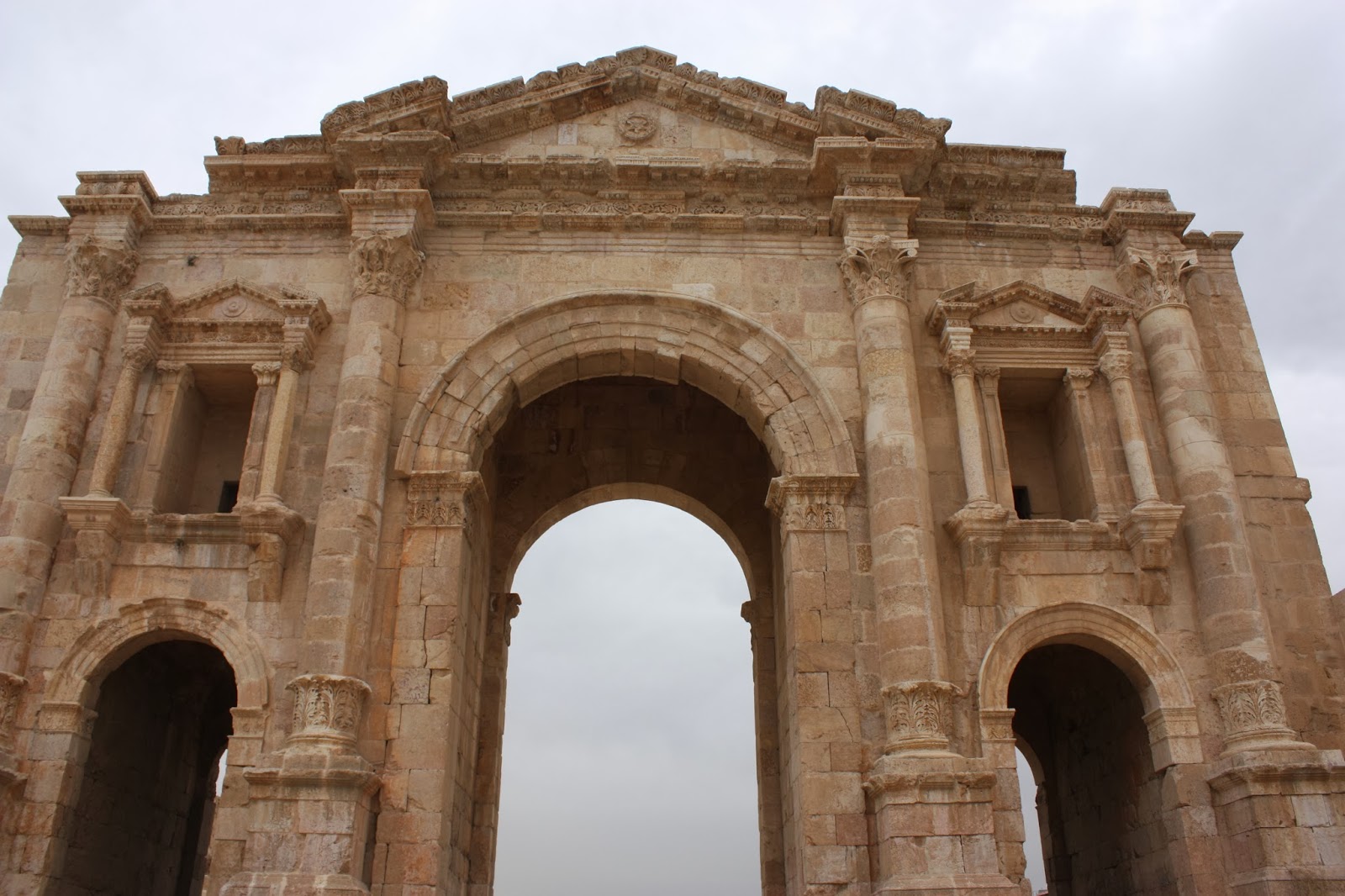The Castle was really cool. At one point we saw a storm cloud coming and one second we could see 500 feet and then the next we could only see 5! We saw Lisbon and Monte Estoril where we stayed for our time in Portugal. We then climbed up to one point where we saw a glimpse of Palace of Pena where the Royal family used to live. We then climbed down and took a peak at their cistern. I wish we could have seen moor but we had to see the Palace of Pena.* We ate lunch and then hiked up to the Palace.
The first thing we saw was a Buttress which Maggie and Mommy especially liked. The colors there were amazing. There were a ton of blues and oranges that mixed very well. We then went inside the Royal Palace. We saw the King's bedroom, the Queen's bedroom, the lounge room which they used to talk privately with royalty only, and an enormous ballroom. I noticed that their floors were very squeaky. This is because in case of somebody trying to come in and rob them the guards would know where the person is and then kill them. I also noticed that a lot of Royal families own very fancy china.
We then almost got lost coming down the hill. I really liked how the Moorish Castle was not like any of the other castles that we saw in Japan, Jordan, and other places. This one had a more European feel to it even though it was built by Northern Africans. I also liked the Pena Palace because it was more like the Hagia Sofia because it looked like a Mosque but had a ton of golden colors like the Hagia Sofia. It was really fun in Sintra except for the part about a few bug bites.
* Did you catch the pun in that sentence?




















































